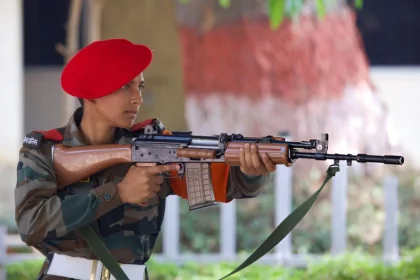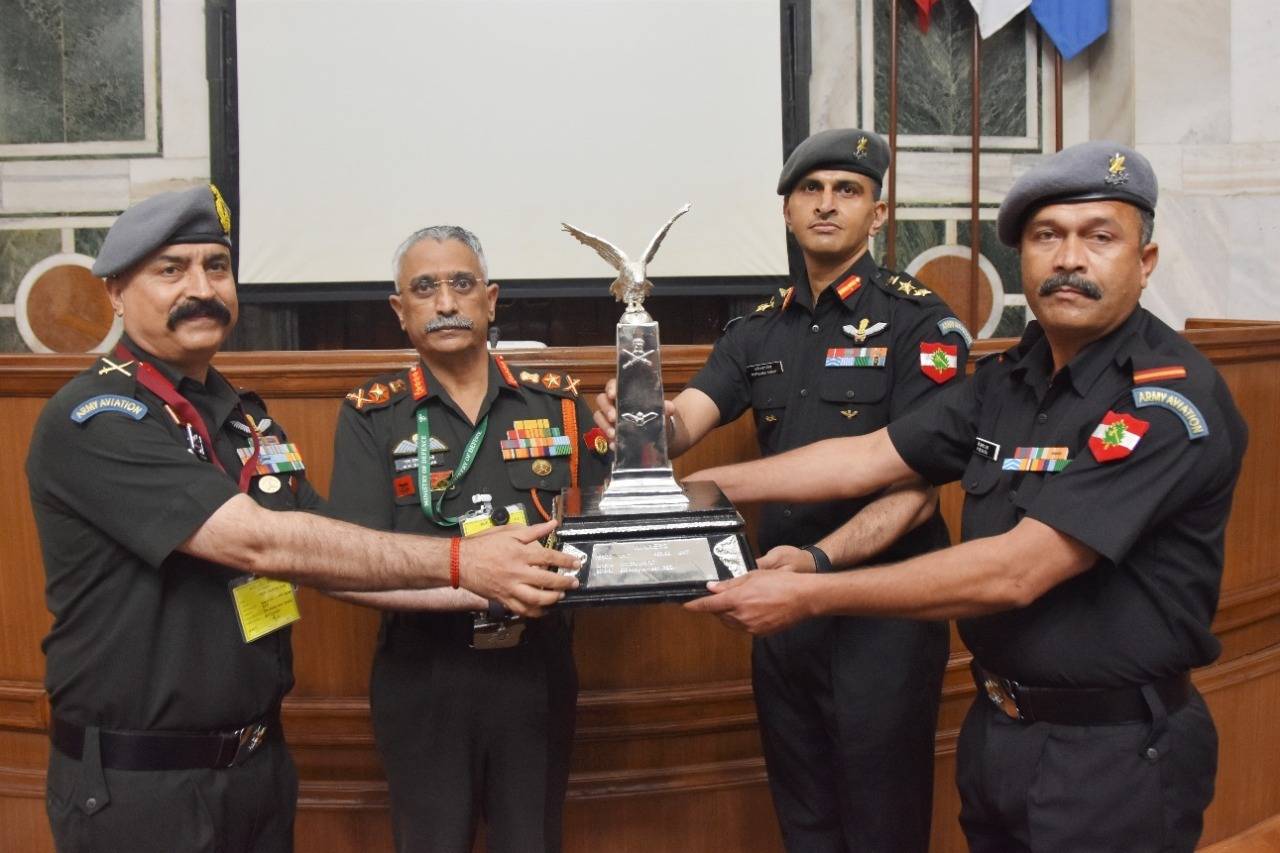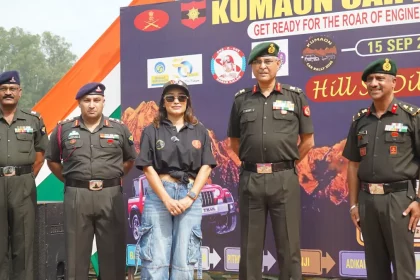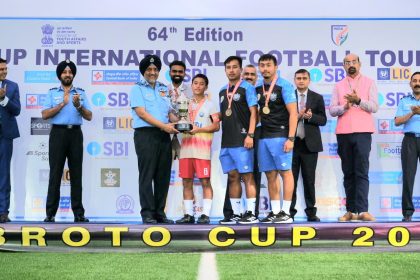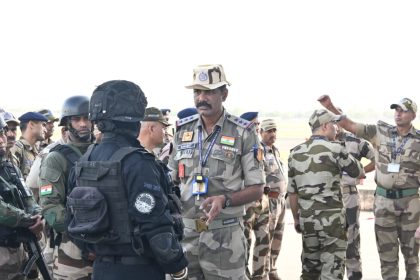21 Indian Army Branches You Can Choose When Joining
Each corps has distinct training durations (6 months to 2 years) and postings, from border areas to urban centers.
How To Join Indian Army Aviation Corps
Joining this elite corps presents an exciting opportunity filled with adventure, discipline, and honor.
Lt General DG Misra Flags Off The Kumaon Car Rally 2025 in Bareilly
The rally's route, spanning from Banbasa to Lipulekh Pass via Pithoragarh, Dharchula, Adi Kailash, and Om Parvat.
Indian Air Force Congratulates Minerva Public School, Mohali, for Winning Sub Junior Boys U-15 Title at Subroto Cup 2025
The Indian Air Force (IAF) recently hosted the 64th edition of the Subroto Cup International Football Tournament, where Minerva Public…
Air Force Engineer, 25, Dies by Suicide After Jumping from Bengaluru High-Rise
Police launch investigation into tragic incident.
CISF, NSG, Delhi Police and Agencies Conduct Massive Anti-Terror Drill at Delhi Airport
The successful execution of this drill reinforces India’s commitment to proactive security.

